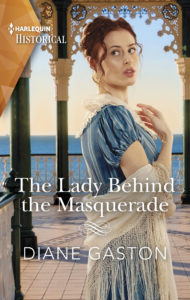January 31, just a few days ago, was the 418th anniversary of the execution of Guy Fawkes. You know. Guy Fawkes, who has his own Guy Fawkes Day on November 5 each year where folks in the UK celebrate. But who was he?
Guy Fawkes was one of the zealot Catholic conspirators in 1605 who plotted to blow up Parliament and all the lords attending and King James I, effectively putting an end to the existing government. November 5 was the opening day of Parliament that year and all the important governmental men would be in attendance. Someone snitched, however, and the cellar beneath Parliament was searched. Guy Fawkes, the fellow who was supposed to light the fuse to blow up 36 kegs of gunpowder, was discovered, arrested, tortured sufficiently that he ratted on the co-conspirators and told all about the plot.
 The BBC website has some neat stuff about Guy Fawkes and the celebration of his Day, not so much about his execution.
The BBC website has some neat stuff about Guy Fawkes and the celebration of his Day, not so much about his execution.
Did you know that one of the reasons what is known as the Gunpowder Plot did not succeed was because of the Plague?
Well, it seems that Parliament was originally supposed to open October 5, but was postponed a month to make certain the Plague was gone from London. By delaying a month, more conspirators became involved in the plot, increasing the chance that somebody would snitch. What’s more, the gunpowder, sitting around all that time, separated into it various compounds and would have merely fizzled had Guy lit the fuse.
Now if he’d lit that fuse on Oct 5….Read about how history would have been changed for want of a few plague germs.
Guy Fawkes was the last of the conspirators to be executed. On January 31, 1606, Fawkes and three others were dragged from the Tower of London and taken to the Old Palace Yard at Westminster, opposite the building they wanted to destroy. After the three others were hanged and quartered, it was Fawkes turn. He was so weakened by torture that he needed assistance to climb the ladder to the noose. Rather than be hanged properly, though, he either fell or jumped, breaking his neck. Nevertheless, his body was quartered and his body parts were displayed throughout the kingdom as a warning to future would-be traitors.
Every year since November 5 has been Guy Fawkes day. By the Regency boys would dress up an effigy of Guy Fawkes holding a lantern and matches. They’d beg for money, calling out, “Remember Guy Fawkes!” At night bonfires would be lit and the effigies would be tossed in the fire. This tradition continues.
Do you like books or films that present an alternative history, like what would have happened if, say, Hitler won WWII? Or if there hadn’t been a plague in 1605 and the gunpowder would have ignited?
Diane





 Can you think of other Regencies or Historicals where the woman bore a title in her own right?
Can you think of other Regencies or Historicals where the woman bore a title in her own right?